Nationality American Name Heidi Hammel | Role Astronomer | |
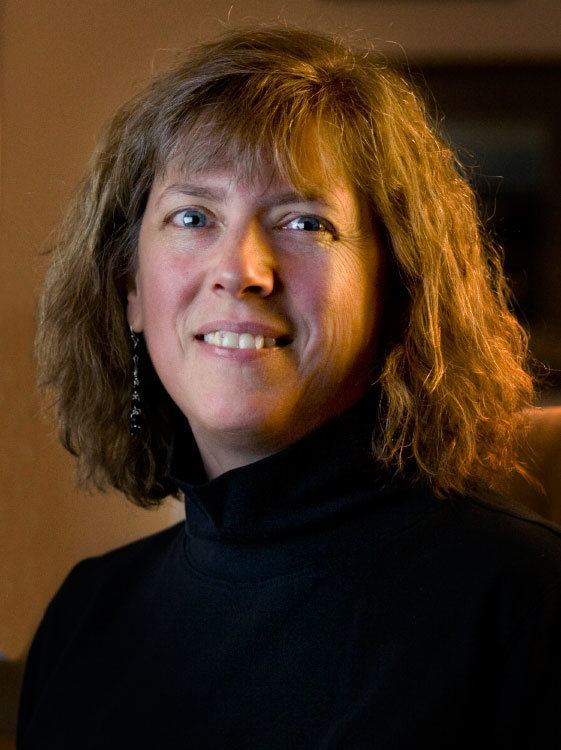 | ||
Institutions Space Science InstituteMassachusetts Institute of Technology Notable awards Klumpke-Roberts Award, Harold C. Urey Prize, Carl Sagan Medal | ||
Heidi hammel becoming an astronomer
Heidi B. Hammel (born March 14, 1960) is a planetary astronomer who has extensively studied Neptune and Uranus. She is executive vice president of the Association of Universities for Research in Astronomy. She is the 2002 recipient of the Carl Sagan Medal given to a scientist whose communications have greatly enhanced the general public's understanding of planetary science. She was one of Discover Magazine's 50 most important women in science in 2003.
Contents
- Heidi hammel becoming an astronomer
- James Webb Space Telescope Heidi Hammel SETI Talks
- Background
- Education
- Personal life
- Early career
- Research
- Recognition and public outreach
- Filmography
- Personal quotes
- References
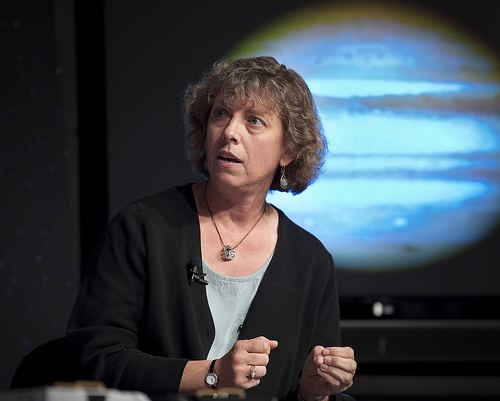
James Webb Space Telescope - Heidi Hammel (SETI Talks)
Background
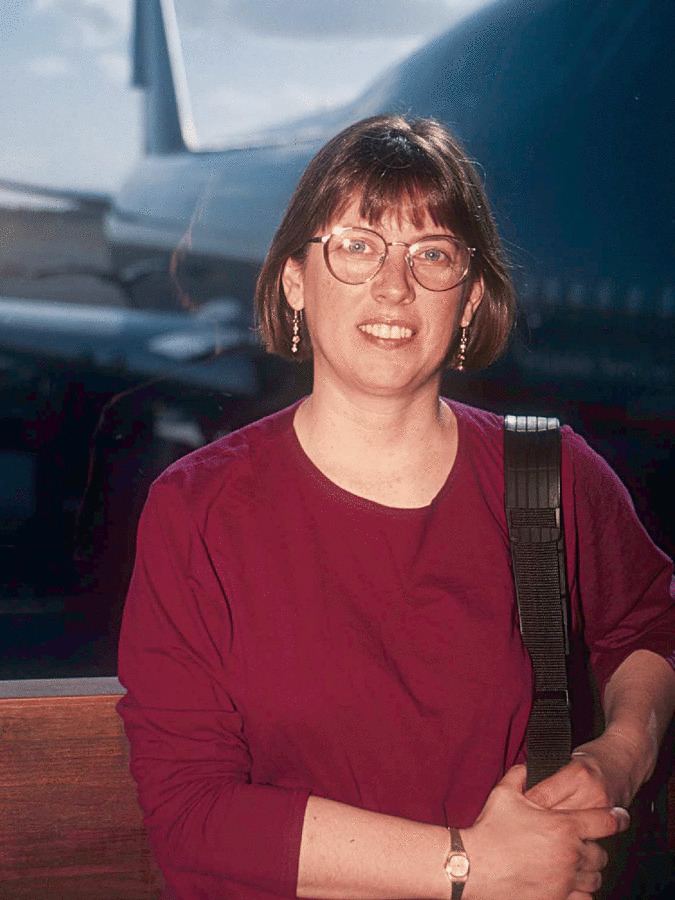
Hammel is the executive vice president of the Association of Universities for Research in Astronomy (AURA), a consortium of 39 US members (universities as well as educational and non-profit institutions) and 7 international affiliates. AURA operates world-class astronomical observatories including the Hubble Space Telescope, the National Optical Astronomy Observatory, the National Solar Observatory, and the Gemini Observatory. Hammel assists the AURA president, and serves as an alternate for all of his responsibilities, including acting as an ex officio member of the board of directors and management councils, implementing policy decisions of the board, and maintaining effective working relationships with funding agencies and AURA Member Institutions.
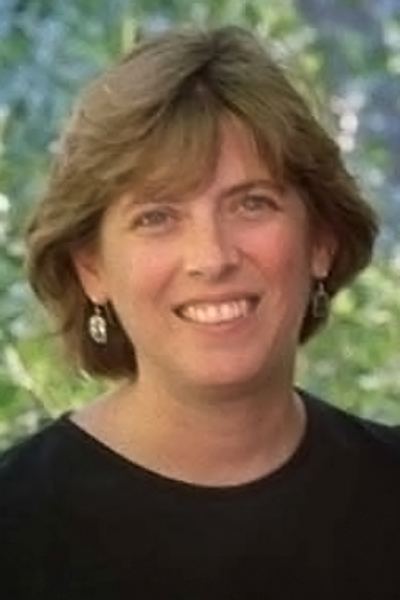
Prior to her appointment at AURA, Hammel was employed as a senior research scientist and co-director of research at the Space Science Institute in Boulder, Colorado. She is an interdisciplinary scientist for the Hubble Space Telescope's successor, the James Webb Space Telescope, (which is scheduled for launch sometime later in this decade). She was also a member of the Science Working Group for the giant segmented mirror telescope. Additionally, she served on the joint NASA/NSF Exoplanet Taskforce, and on the Science and Technology Definition Team for NASA's Terrestrial planet Finder Coronograph mission.
Her main areas of interest are ground and space-based astronomical observations of outer planets' atmospheres and satellites at visible and near infrared wavelengths utilizing Adaptive optics (AO) technology.
Education

Hammel received her undergraduate degree from the Massachusetts Institute of Technology (MIT) in 1982 and her Ph.D. in physics and astronomy from the University of Hawaii in 1988. After a post-doctoral position at NASA's Jet Propulsion Laboratory, Pasadena, California, Hammel returned to MIT, where she spent nearly nine years as a principal research scientist in the Department of Earth, Atmospheric, and Planetary Sciences.
Personal life
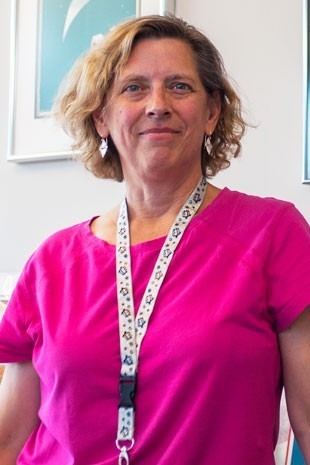
Hammel was born in California and is the mother of three children.
Early career

Hammel primarily studies the outer planets and their satellites, focusing on observational techniques. She was a member of the Imaging Science Team for the Voyager 2 encounter with the planet Neptune in 1989. In 1994, she led the team that investigated Jupiter's visible wavelength response to the impact of comet Shoemaker-Levy 9 using the Hubble Space Telescope. As the leader of the ground team Hammel analyzed photos of this event taken from the Hubble Space Telescope. At the same time, Hammel was the National Aeronautics and Space Administration’s public face, explaining the science to television audiences worldwide.
Research
Her latest research involves the imaging of Neptune and Uranus with the use of the Hubble Space Telescope, W. M. Keck Observatory, Mauna Kea Observatory, the NASA Infrared Telescope Facility (IRTF), Mauna Kea and other Earth-based observatories. According to Hammel, the Hubble Space Telescope and the Keck Telescope with its new adaptive optics changed how planetary astronomers look at Uranus and Neptune. With colleague Dr. Imke de Pater, Hammel discovered that Uranus' nine main rings comprise a single layer of particles, something not found in other rings. With the super-sharp optics system used at the W. M. Keck Observatory, Drs. de Pater and Hammel found an 11th ring around Uranus, a narrow sheet of rocky debris. The ring, the innermost of its siblings, is about 3,500 kilometers (2,200 mi) wide and centered about 39,600 kilometers (24,600 mi) from the planet's core. The ring was visible because its edge-on position to the sun and Earth in 2007 reflected more light than the more typical face-on view. Hammel reported clocking the fastest winds ever recorded on Uranus, roaring along between 107 and 111 meters per second (240 and 260 miles per hour); the winds were measured in October 2003 on the northernmost parts of the planet visible at that time. In addition to her research on the planet Uranus, Hammel was also on the team that first spotted Neptune's Great Dark Spot, a raging storm as big as Earth, and she led the Hubble Space Telescope team that documented the Great Dark Spot's disappearance after just a few years. Hammel's planetary research has demonstrated that both Uranus and Neptune are dynamic worlds.
Hammel described her own recent research by saying that "one thing that we all care about is the weather, and we care about the weather on the Earth the most. But what makes weather is gases and clouds, and the reason the weather on the Earth is hard to predict is because we have oceans and continents that interact with our atmosphere. That makes it very hard to predict the weather, as we all know. But if you take a planet like Jupiter or Neptune you don't have continents and you don't have oceans. All you have is gas, all you have is atmosphere, and therefore it's a lot easier to model the weather on those planets. But it's the same physical process, it's the same kind of thing happening, whether it happens on the Earth or whether it happens on Neptune. Therefore by studying weather on Neptune we learn about weather in general, and that helps us understand the weather on Earth better".
Recognition and public outreach
Hammel has been awarded prizes both for her research (including the 1996 Harold C. Urey Prize of the American Astronomical Society Division for Planetary Sciences) and for her public outreach (such as the Exploratorium's 1998 Public Understanding of Science Award). Hammel was elected a Fellow of the American Association for the Advancement of Science in 2000. She has also been lauded for her work in public outreach, including the 2002 Carl Sagan Medal for outstanding communication by an active planetary scientist to the general public; the Astronomical Society of the Pacific's 1995 Klumpke-Roberts Award for public understanding and appreciation of astronomy; the 1996 "Spirit of American Women" National Award for encouraging young women to follow non-traditional career paths, and the San Francisco Exploratorium's 1998 Public Understanding of Science Award.
In acknowledgment of her many achievements, Discover Magazine recognized Hammel in 2003 as one of the 50 most important women in science. She was profiled by Newsweek Magazine in 2007 and in the New York Times in 2008. Her biography “Beyond Jupiter: The Story of Planetary Astronomer Heidi Hammel” has been published by the United States National Academy of Sciences as part of the series “Women’s Adventures in Science.”
Hammel joined The Planetary Society's Board of Directors in 2005. On May 7, 2009 the Women's Board of the Adler Planetarium awarded Hammel with the 2009 Women in Space Science Award.
In June 2010, Hammel participated in the World Science Festival held in New York City, (June 2–6, 2010), along with other celebrities: Alan Alda, Michael York, (the actor), Oliver Sacks and James D. Watson. On Friday, June 4, 2010, Hammel joined professional and amateur astronomers at the base of the full-scale, tennis court-sized James Webb Space Telescope model for a free evening of star-gazing in Battery Park, New York City. Hammel talked about the discoveries anticipated in 2014 with the launching of the James Webb Space Telescope, which will be the world's most powerful space telescope, being the successor to the Hubble Space Telescope. She was joined by Dr. John C. Mather, Nobel laureate and the Webb telescope's senior project scientist; Dr. John Grunsfeld, astronaut, physicist and "chief repairman" of the Hubble Telescope.
On November 2, 2010, The Association of Universities for Research in Astronomy announced the appointment of Hammel to the position of executive vice president. Hammel began her appointment on January 1, 2011. As executive vice president Hammel will serve as the deputy to the president and will bring her unique expertise and background to AURA. In accepting this appointment, Hammel said "The United States astronomical community stands at an interesting juncture with many possible paths ahead of us. I look forward to working with AURA as we confront these challenges. Our shared goal is a rich future for astronomy and astrophysics, giving the next generation of scientists new opportunities to explore the universe."
On November 16, 2010, Hammel was profiled in the Oprah Winfrey Magazine, O, The Oprah Magazine, article titled: The Key to Fulfillment. The article states that Hammel is "developing a telescope to glimpse far-off galaxies, but sometimes it's just heading to the office that gives her chills. During a drive to Hawaii's Mauna Kea Observatory one night, she reached the summit and saw the Milky Way. Her voice cracks with emotion as she remembers. 'I pulled over and sat there with my mouth open, thinking, What an incredible universe'".
The asteroid 3530 Hammel was named in her honor.
